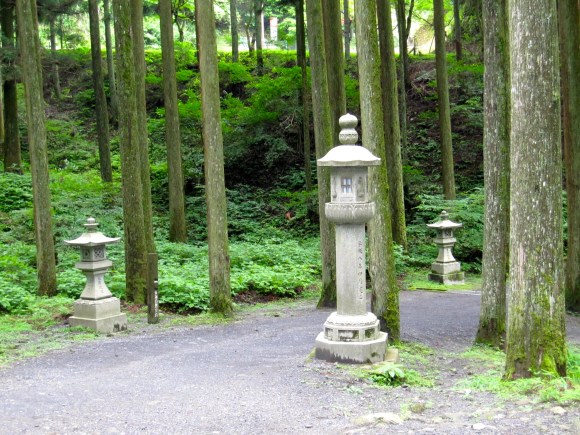
In the previous article The Marathon Monks of Mt. Hiei: Better than Olympic Athletes? Part I, I explain the sennichi kaihogyo, or 1,000 Day Challenge, in which the Tendai Buddhist monks of Mt. Hiei, sometimes referred to as the “marathon monks,” walk the equivalent of one time around the earth–at the end of which they become living Buddhas.
In Part II, I trace the monks’ steps on the 30 km pilgrimage route, or gyoja michi, which passes through the sacred mountains and forests near the temple complex of Enryakuji. It’s a rigorous course that winds through the mountains, down into the town of Sakamoto, taking them past more than 250 spiritual places. This is the route they circumambulate for days on end over a seven-year period. For tips on the meaning behind the route, be sure to read Part I before continuing!
Rather than walking the course, I decided to run it. Running pilgrimages is a hobby of mine and I find it is a great way to combine the physical with the metaphysical. It brings joy to my runs and this fulfillment keeps the challenge. If you’re a skier, you’re always looking for more mountains. Sky divers jump at different locations. Runners look for new paths and new trails give running purpose. Leave it to your RocketNews24 running reporter to tackle the famed gyoja michi and reveal its intricacies.
I figured that running the 30-km course through the mountains would take the better part of a day. There is no map and from what I have read, Mt. Hiei can be fickle weather-wise. It has snow much of the winter and spring and there are bears. In June, when the weather was perfect, I set out with a small backpack fitted with a water bladder, some medical accoutrements and an extra pair of socks inside (for those inevitable foot and toe problems), plus an ultra light sleeping bag, just in case I got lost and had to spend the night in the forest (been there, done that!).
The biggest concern of running any pilgrimage is the trail conditions. To prepare for a long run, you need to know things like: Has the trail been cleared and maintained? Is it pavement or dirt? How technical is the course (vertical climb, steepness, streams, etc)? And, Is it signposted? All these things will affect how long it takes to get through the same 30 km. I had no answers to these questions, but you will have a very good idea of what to expect by the end of this article. I pieced together the course by using different maps and by asking the monks themselves at the Enrakuji Temple office. In this article, I’ll pass on this information so you can walk or run the course without having to do the same!
There is no map of the gyoja michi per se, but there are two maps I found useful. The first is the Kyoto Trail, Eastern Kitayama map, which I picked up for 500 yen (US$4.90) at the Kyoto Station Tourist Information Office. This is a walkers’ map for the Kyoto Trail, that goes all the way around the Kyoto valley. The gyoja michi follows this trail for several kilometers. Besides, it lists all the public toilets!
I took the bus bound for Enryakuji from stop C5 in front of Kyoto Station. Unfortunately, the first bus doesn’t leave until 8:30 a.m. and the trip takes more than an hour as the bus crawls up the Hiezan mountain range, weaving back and forth like a centipede between the switchbacks. So I didn’t get out onto the trail until 10:00 a.m.
At the Enryakuji gate, I paid 550 yen ($5.40) for a ticket that would get me into Mt. Hiei’s three precincts.
▼Ticket
But most importantly, I was also given a map to the three precincts the gyoja michi travels through.
▼The free map
The map, in Japanese only, presumes you are going to drive or take a bus to each precinct, so it’s not specifically for walkers, but it’s the closest thing you’ll get to a map of the gyoja michi.
▼Like many Japanese language maps, this one is chock-full of useful, and not so useful, information! Several insets and even an advertisement in the bottom left make for a lot of detail to take in all at once.
▼Now, look again. Isn’t that better?
I’ve marked the gyoja michi in blue for you. You’ll notice there is another, more squiggly, line running next to the blue line. That’s the Hiezan Drive Way, the road the cars and buses take to the three precincts. Enryakuji (circled in blue) is in Todo, the Eastern Precinct. The route goes from Todo to Saito, the Western Precinct, and then Yokawa Precinct. The map also ends there, but we’ll continue on a trail that goes down the mountain into the town of Sakamoto and back up the mountain to where we started in the Eastern Precinct.
1. Todo Precinct
Enryakuji is located in the Eastern Precinct. Once inside the complex, I took a bit of time to see some of the important temples such as Konpon Chudo, the head temple of Mt. Hiei.
When I asked a temple monk where the gyoja michi was, he said, “Go left at the back of Kojir-in. It’s near Kaidan-in.” I had no idea what he meant, but I followed his directions.
▼I took these steps up.
▼At the bottom of the steps was a friendly cow to moo me on my way.
▼Kaidan-in, established in 828 A.D., where aspiring Tendai ascetics are ordained as Buddhist priests.
Behind it was a path.
▼I’d found the gyoja michi!
2. Saito Precinct
The first hour and a half I was able to run on well-groomed trails! Since this is a tourist route, it’s also easy to follow. In the Western Precinct, I stopped briefly at the Ninai-do.
Part of the path runs near the Hiezan Drive Way.
▼The sign says, “Road of history and ascetic discipline.”
There are helpful signs all along this part of the route–if you can read Japanese! These signs are there because you’re also on the Tokai Nature Trail/Kitayama Trail. Enjoy these signs while you can!
▼Needs a little maintenance, but hey, at least it’s there!
Soon I arrived at gyokutai sugi, a cedar tree and the only place where the monks, called gyoja, are allowed to rest on the route.
▼A pedestal in the shape of a lotus has been made for the gyoja to sit on.
Funny thing is, it was only 11:17 a.m. and I didn’t feel I needed to rest yet! I’m sure the gyoja don’t need to either as they are not even half-way through the route. But rest can also be for contemplation and from here the monks can look to the Imperial Palace in Kyoto, as well as have a view of Lake Biwa.
Shortly after the road turns towards Yokawa Precinct. There’s a sign to tell you. Enjoy the signs while you can–you’ll see why soon!
▼The turn-off for Yokawa.
▼This looks more like a drainage ditch, but you go through this tunnel under the road to get to the other side.
At the Yokawa bus stop, the Tokai Nature Trail goes off to the left but the pilgrimage goes into Yokawa. I followed those beautiful signs to Yokawa.
3. Yokawa Precinct
So far, there was nothing too difficult about this course. However, when I arrived at Yokawa, my left foot was bothering me because the toenail on my second toe was digging into my big toe.
▼No worries, I had an extra pair of Japanese toe socks just for this reason. In an instant, the problem was solved!
Since the three-precinct map ends here, I asked the woman at the ticket entrance to Yokawa how to get to the gyoja michi and showed her my Kyoto Trail, Kitayama map. She said parts of the gyoja michi were closed due to a land slide and that I’d have to follow the fire roads down into Sakamoto.
▼Looking back at the entrance and parking lot at Yokawa.
▼Once inside Yokawa Precinct, there are several tourist sites.
▼Yokawa Chudo
Inside Yokawa Chudo is a mural of Fudo-myo-o, the central deity the gyoja pray to during the kaihogyo 1,000 Day Challenge. They chant his mantra throughout the pilgrimage route.
▼Fudo-myo protects all living beings and helps them reach enlightenment by burning away their impediments and defilements. He is also sometimes called the Remover of Obstacles.
▼Need some merit for the afterlife? You can do some sutra-copying at Yokawa Chudo too!
A Buddhist nun showed me around inside the temple. When we were back outside, she asked me why I was doing the kaihogyo route. After I told her she said, “That’s very nice but while traveling through these sacred forests on the kaihogyo route, you should really show respect by taking off your hat and wearing pants that cover your legs.” I apologized, thanked her for telling me and promised I’d do so if I came back again.
I was back on the trail and running along happily when suddenly, as if penance for wearing a hat and running shorts, the trail disappeared.
▼Um, what’s this?!
I looked everywhere but couldn’t find where the path continued. I was lost.
▼Just me and a one-legged deer…
After some time wandering in the forest, I spotted a sign and the route.
▼To Hioyshi Taisha shrine and Sakamoto.
But the trail led to the part of the course that was closed off. So I took a fire road that was just off to the side of it. But this fire road also led into oblivion at times.
▼Someone had taken pity on lost pilgrims and attempted to show the way. But hmm, this seems to backtrack.
▼Yokawa straight, Hiyoshi Taisha shrine to the right? Ehhhhh?
But then, things were looking good again!
Until I came to an electric tower. Here the path branched off in a few directions.
▼But this hand-painted sign didn’t seem to match the trail options standing in front of me.
I must have ended up taking the wrong way because after a while, the trail was completely gone–lost again!
▼I crossed this stream and my feet got soaked.
I was following trails that weren’t really trails because when you’re lost, everything looks like a possible trail. I crossed the stream because it looked like the trail continued on the other side. But once over there, there was no trail. I followed the stream a little longer and eventually crossed back over.
I was lost for an hour by now. I was glad I had that sleeping bag with me!
▼This is definitely not the gyoja michi.
▼Aha, but it is civilization! Someone had been here recently.
Ahhhh, I finally hit the Hiyoshi Taisha shrine.
▼And it’s not even 2:00 p.m. yet, but I’m already three quarters finished with the course.
▼Jizo, god of children and travelers, at Hiyoshi Taisha Shrine
▼Sakamoto
Sakamoto is where many priests from Enryakuji live out their retirement. It is a peaceful place and there are some fine restaurants across from Hiyoshi Taisha shrine. I had a soba lunch here in wet feet before continuing on to the last part of the course–back up the mountain to Enryakuji.
From Sakamoto, if you’ve had enough, you can catch the train back to Kyoto via the JR Hiezan-Sakamoto Station or the Keihan Sakamoto Station. Or you can even take a cable car from Sakamoto back up to Enryakuji. But I wanted to continue running so after a lunch, I followed the signs to the Sakamoto Ropeway but passed the entrance and continued until I reached Sakamoto Honmachi. There’s a road on the right that has a small shrine on the corner and a place to sit down. I turned right here and followed the road up into a neighborhood past some houses, and ended up back on the gyoja michi which goes to Mudoji in the Eastern Precinct–the last stretch.
▼The path back up to Todo and Mudoji.
Sakamoto to Mudo-ji, it’s all uphill for about an hour. I didn’t mind though, because although my legs were tired, my toes were hurting most from being jammed into the front of my shoes with all the downhill from Yokawa.
Back in Todo Precinct
Mudo-ji is where the gyoja live and where some of their unusual ascetic activities which I discussed in-depth in my first article Marathon Monks of Mt. Hiei: Part I take place. When I arrived at Mudo-ji, I visited Benten-do, Myo-o-do (where the do-iri fast takes place), and the famous well, before heading back to Enryakuji. The rewards of seeing these two temples made the last uphill part seem well worth it!
▼Benten-do. The priest inside was enthusiastically chanting like I’d never heard before.
▼Benzaiten (Benten) has a close association with snakes.
By 4:00 p.m., I was back at Enryakuji. The course took me 6 hours, including stopping at a few temples, getting lost for an hour, and taking a 30-minute break for lunch. The great conditions of most of the course meant it was fast and easy on the feet, but wear and tear still took its toll: when I changed into dry socks, I saw that a toenail on my right foot was bruised and had turned completely black.
▼But nothing some purple nail polish can’t fix!
If you enjoy running or hiking in the mountains, you’ll find the gyoja michi very satisfying. It would be difficult to do it every day like the gyoja of Mt. Hiei do, especially while wearing a robe and straw sandals, but for one day in perfect weather, it’s just tough enough to give you a good work-out but not too exhausting either. And there are plenty of places along the way to stop for sight-seeing. It’s just the right combination of off-the-beaten-track punctuated by sites of historical and cultural beauty. The sennichi kaihogyo route is one of those quintessential “only in Japan” things.
Now, if you haven’t already, go back and read Marathon Monks of Mt. Hiei: Better than Olympic Athletes? Part I to get the full story on the amazing feats these monks perform.
Photos: Amy Chavez/RocketNews24

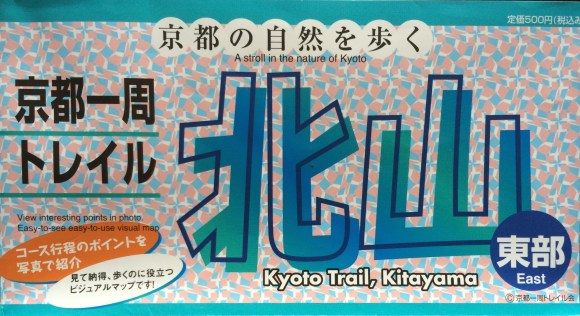
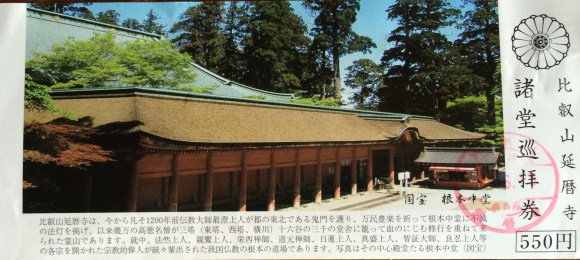
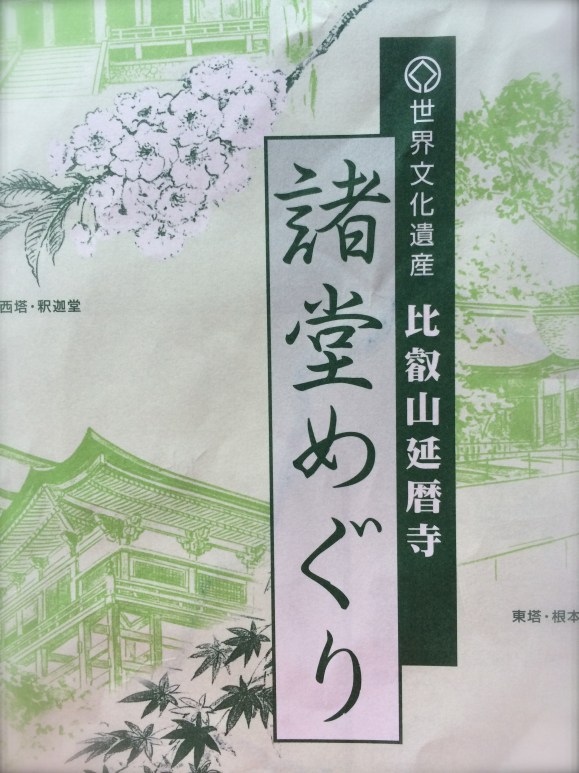
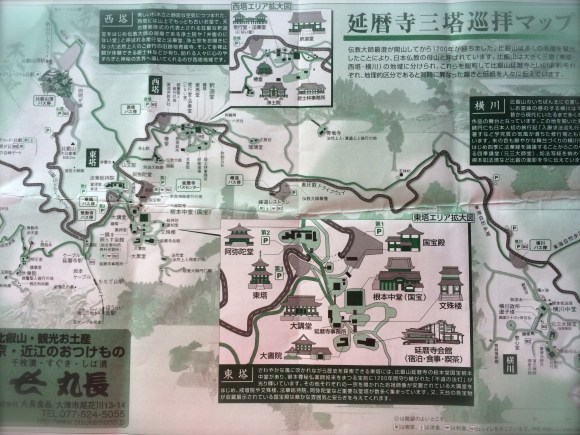
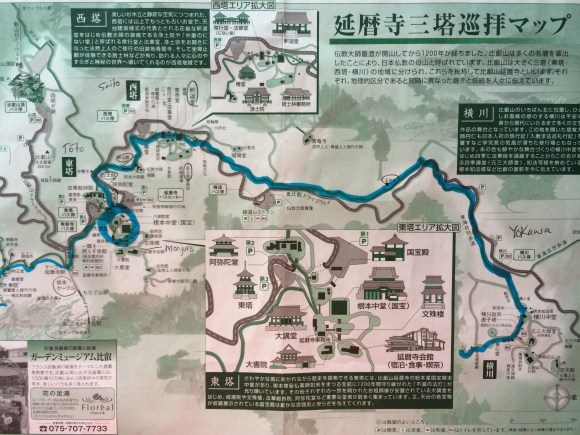
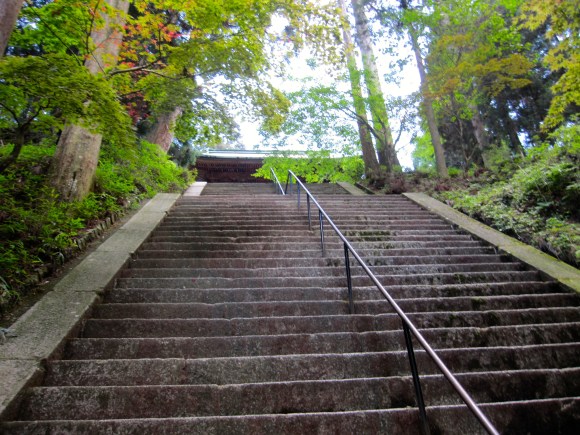
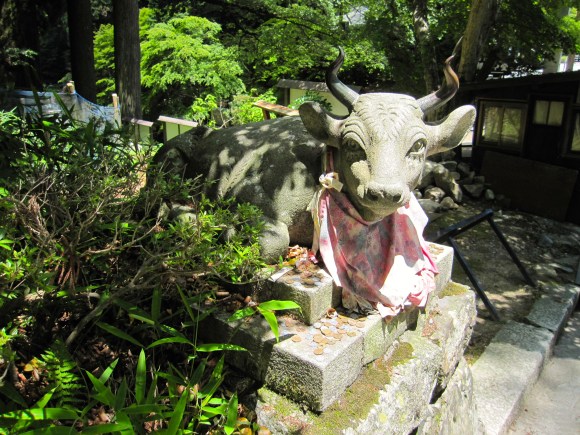
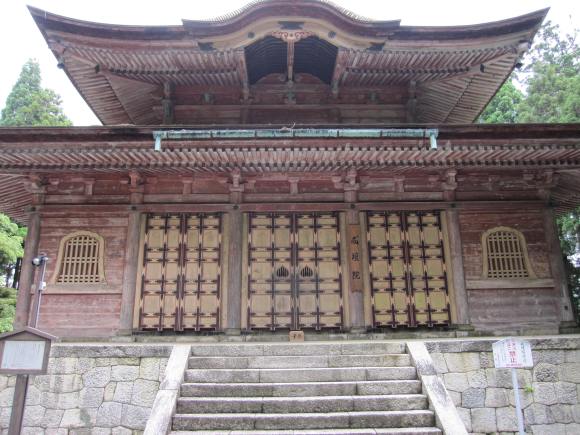
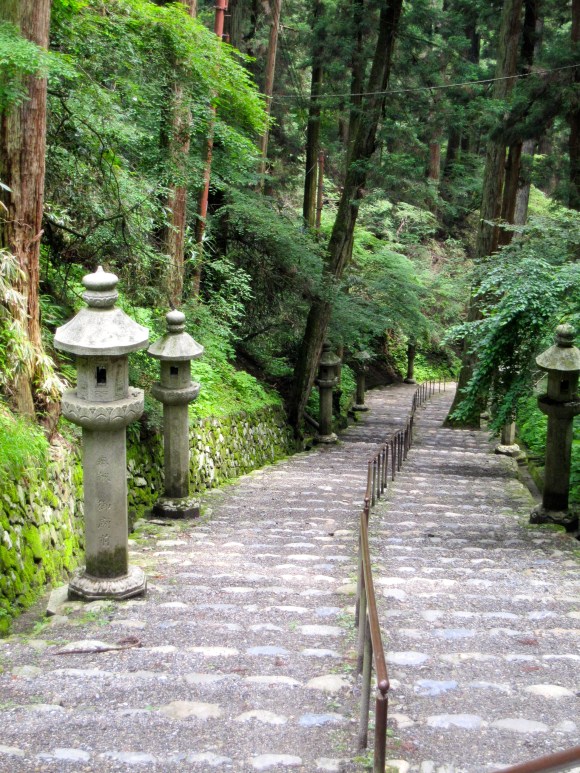
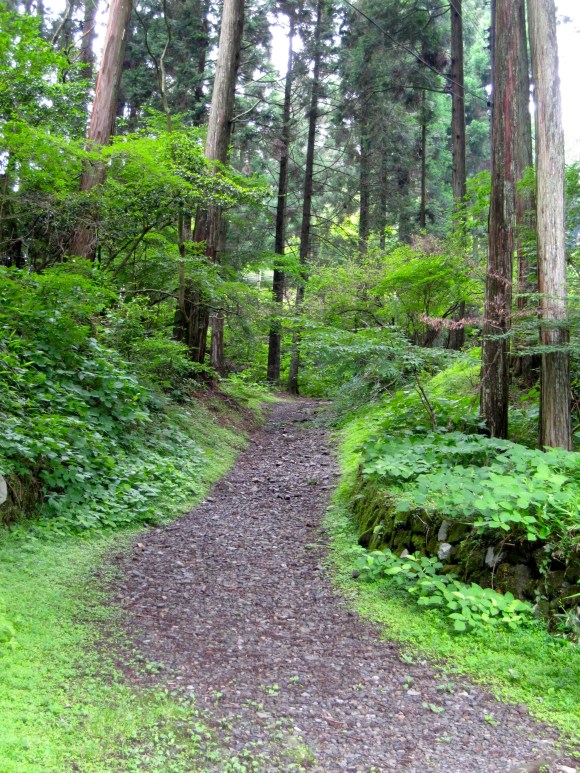
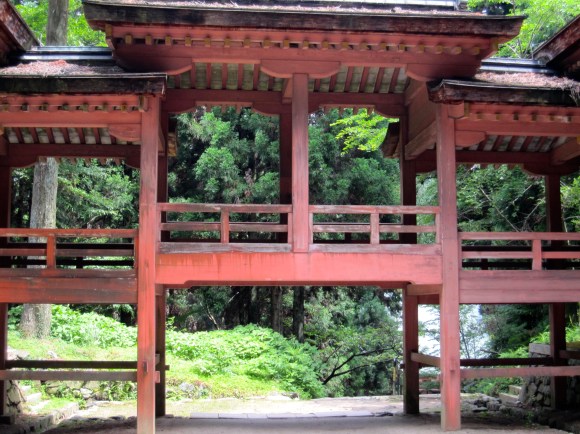
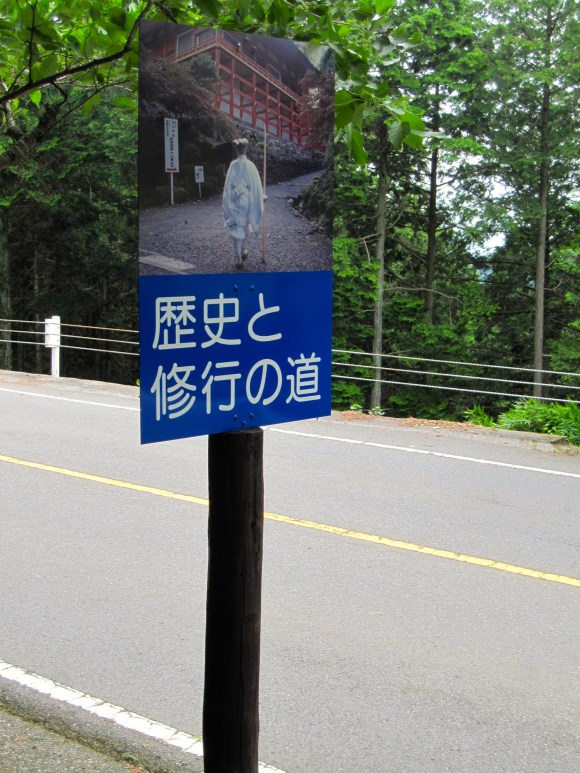
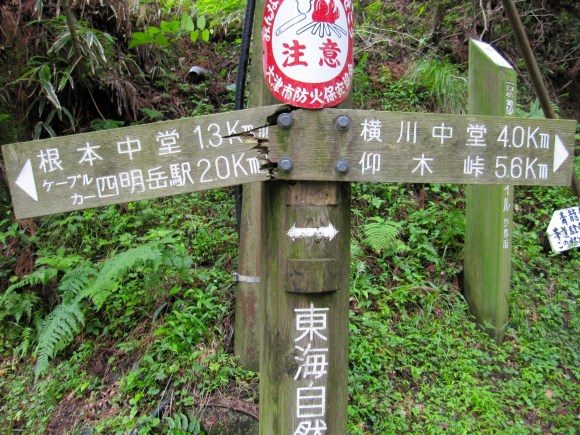
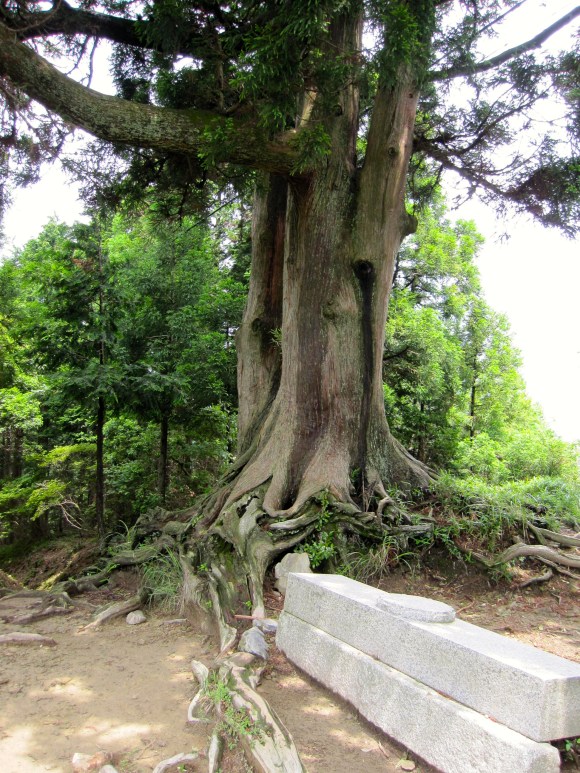
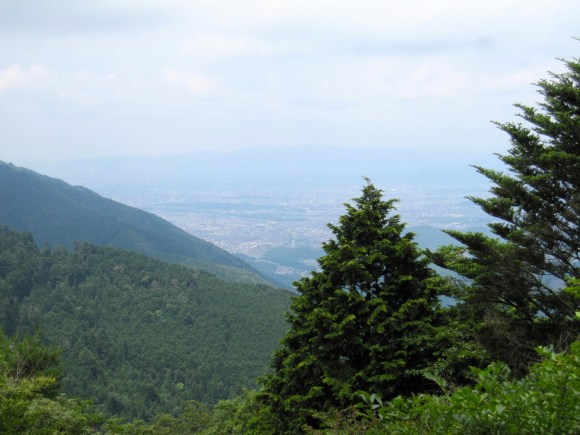
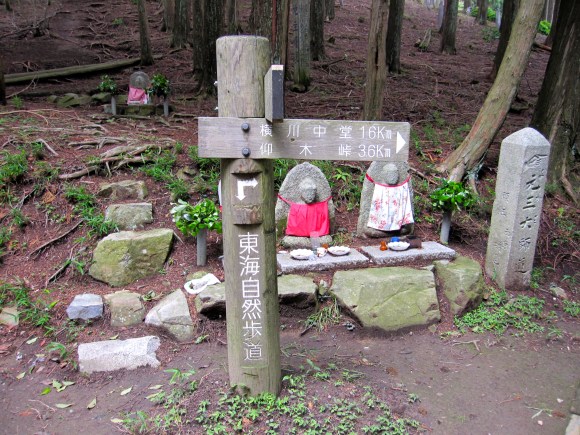
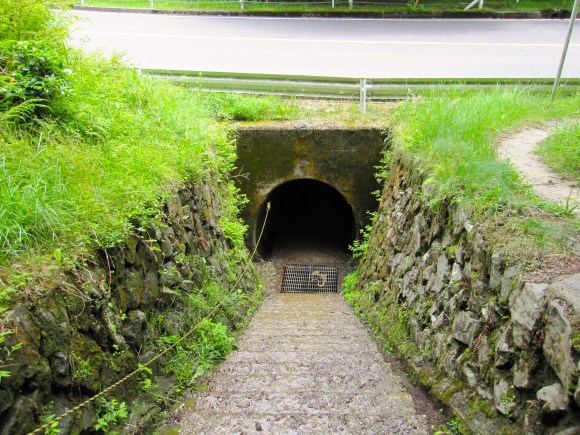
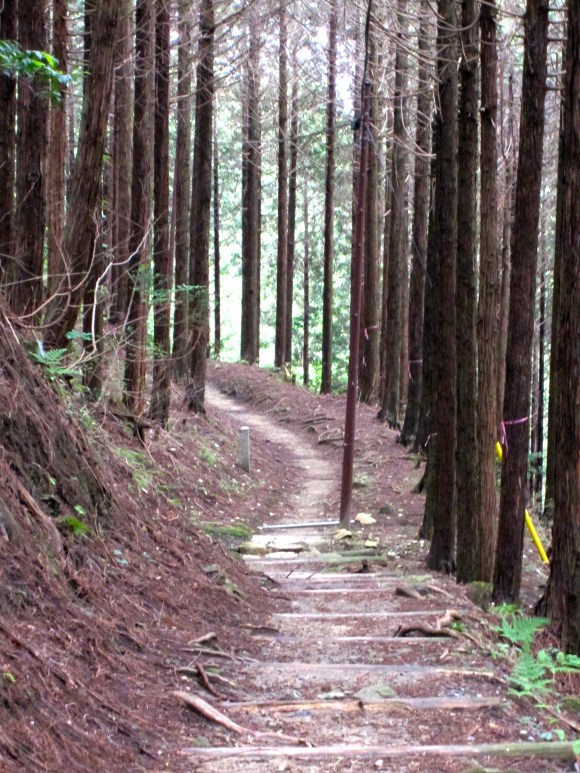
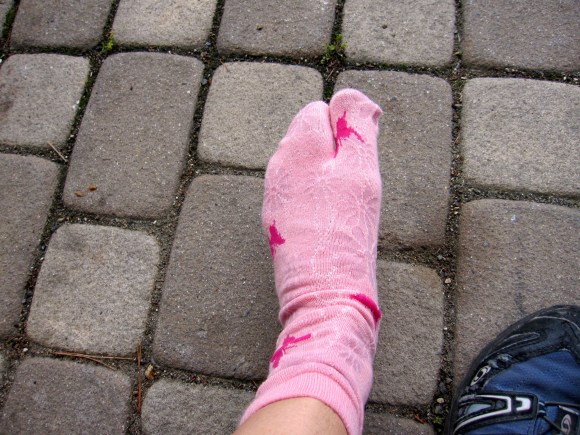
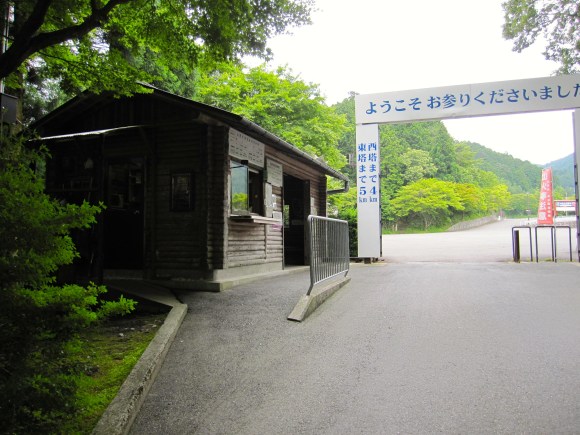
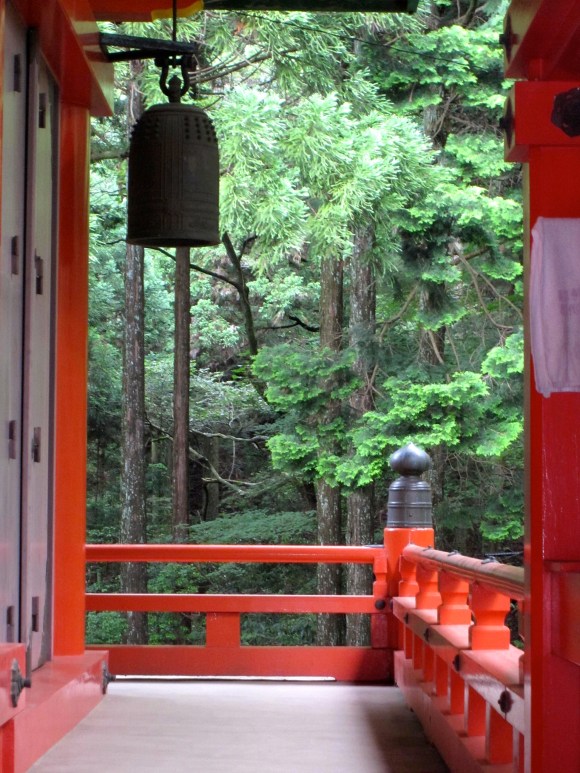
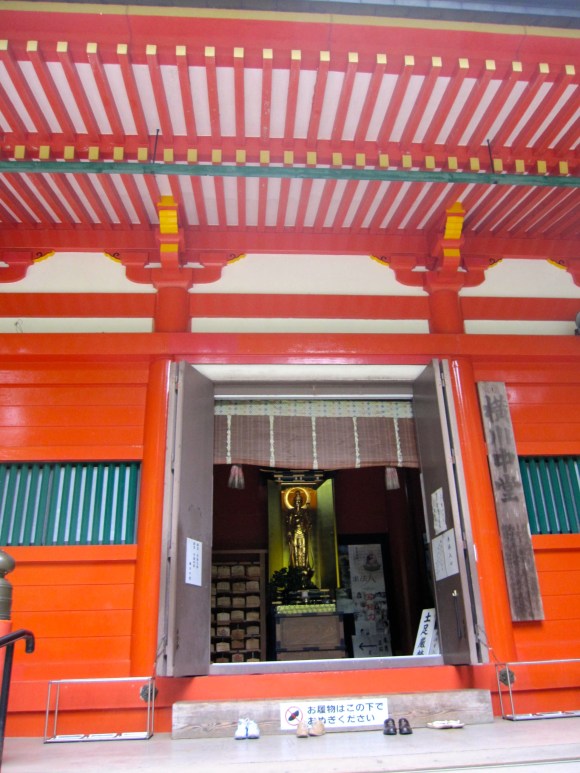
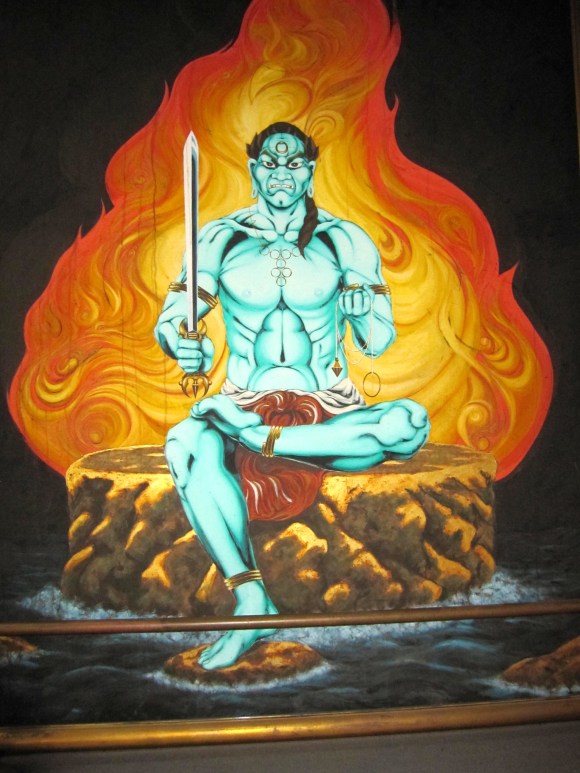
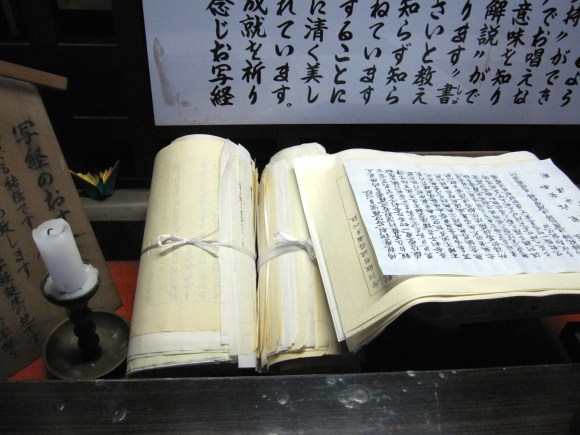
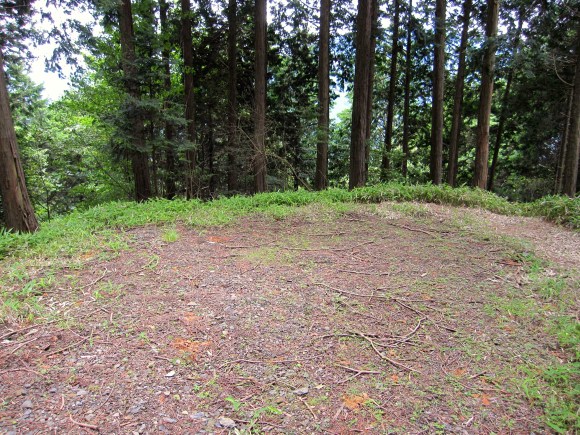
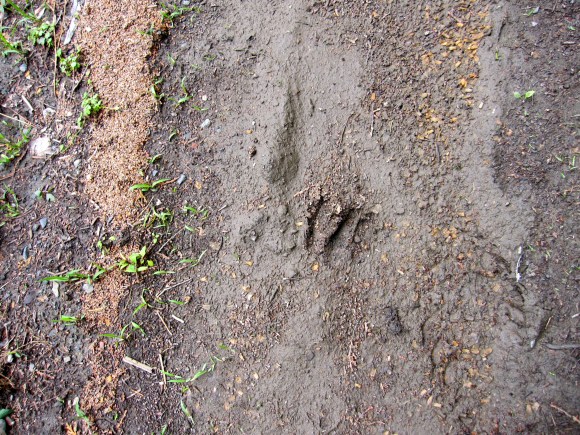
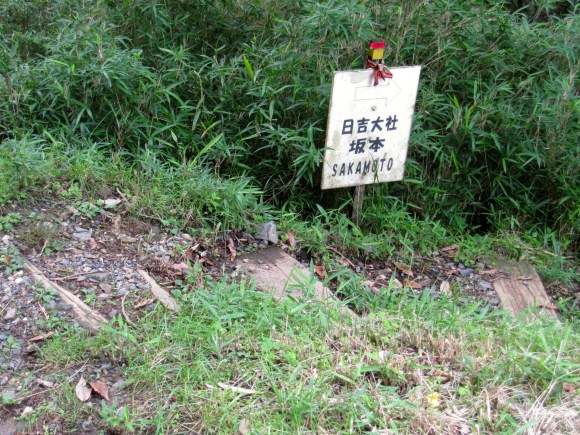
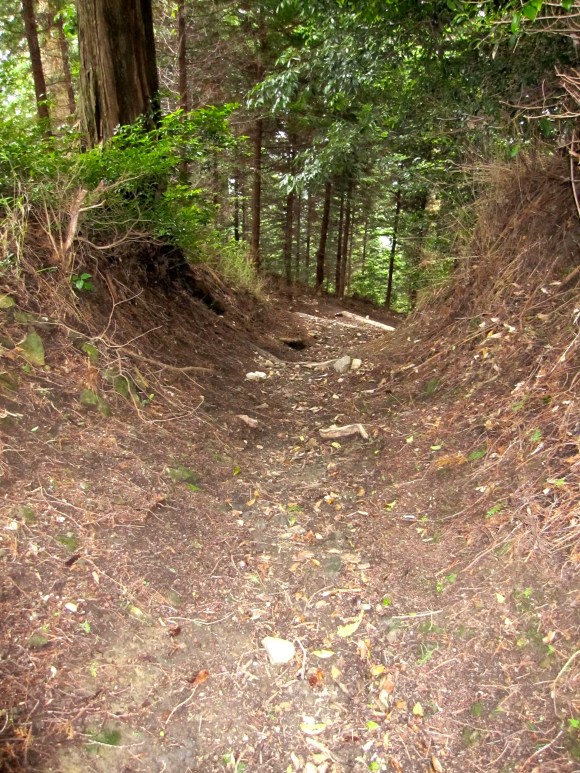
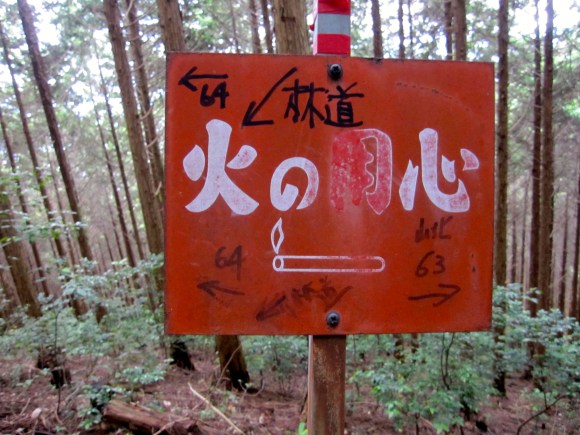
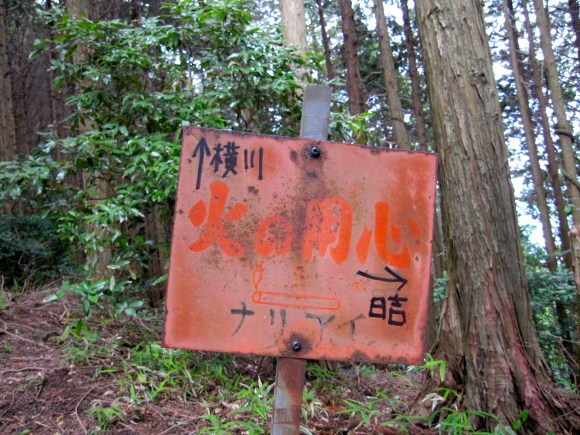
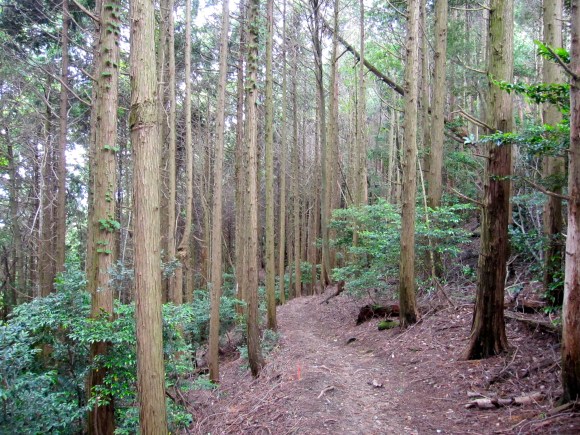
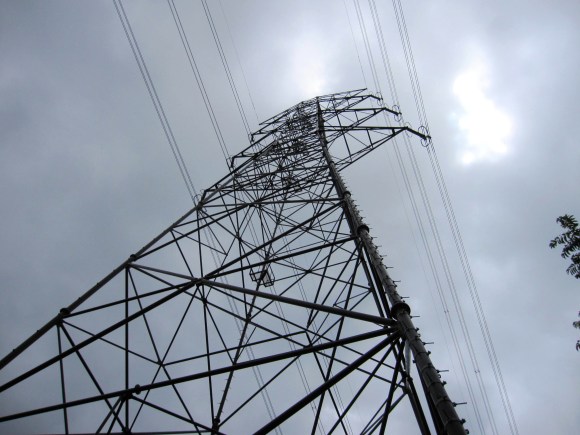
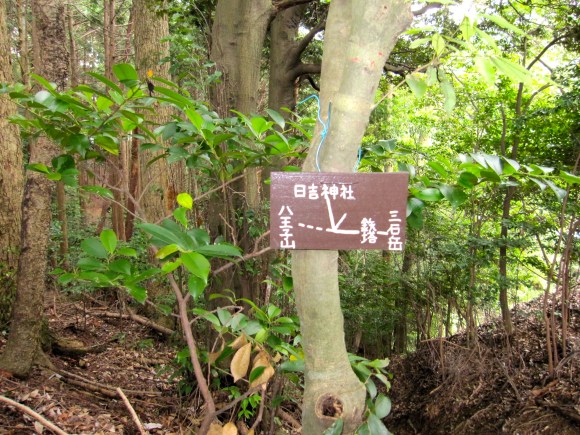
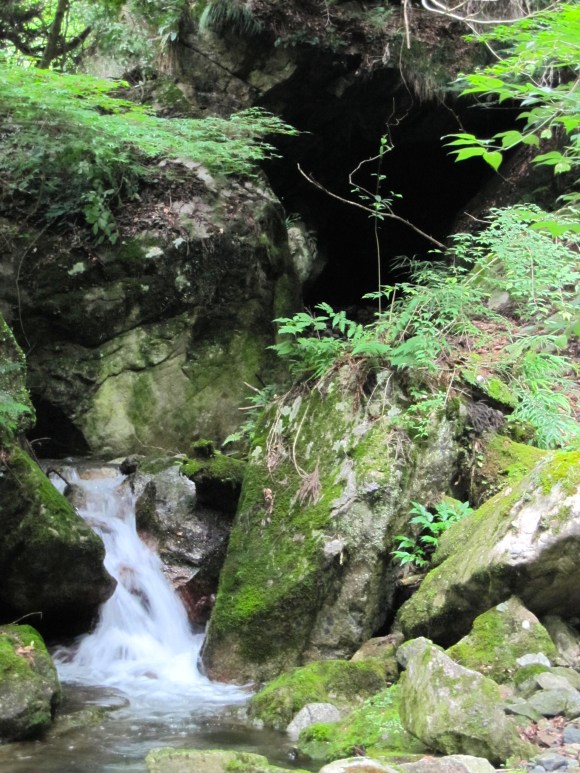
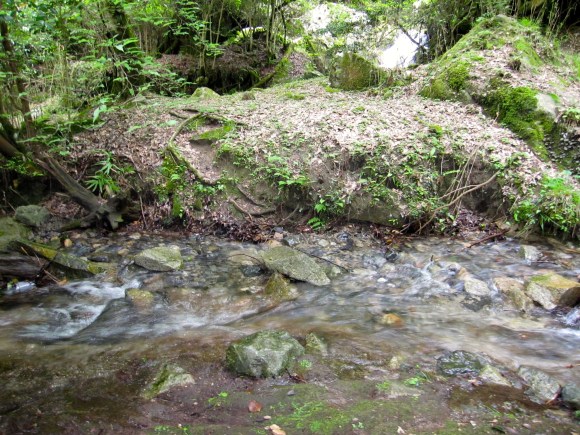
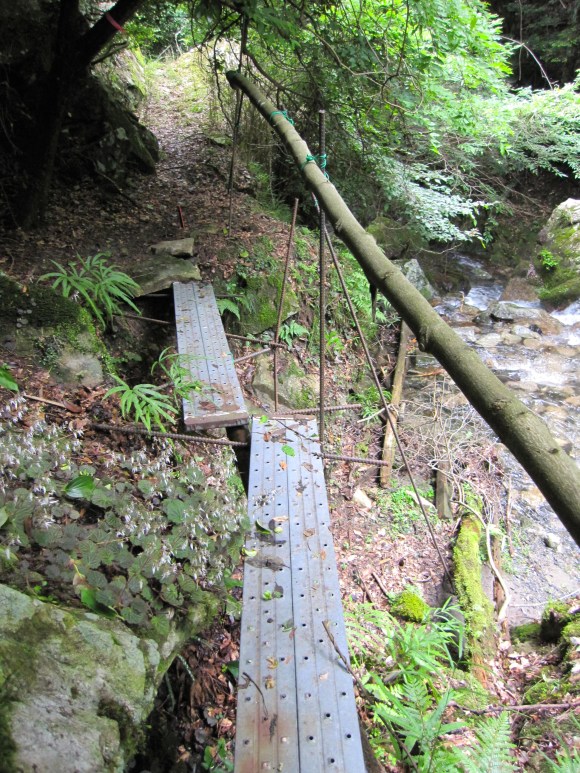
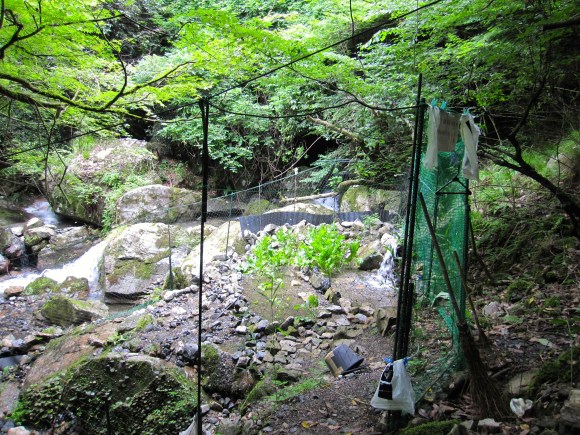
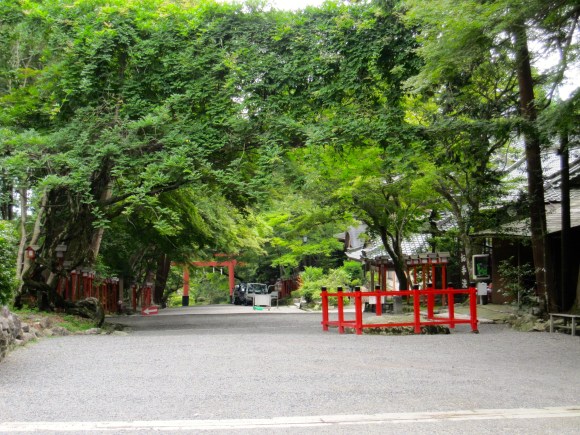
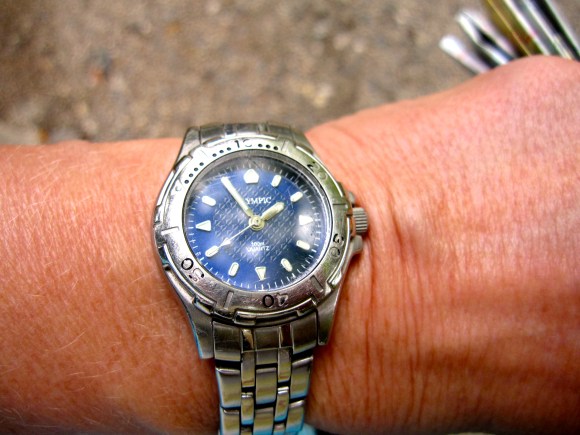
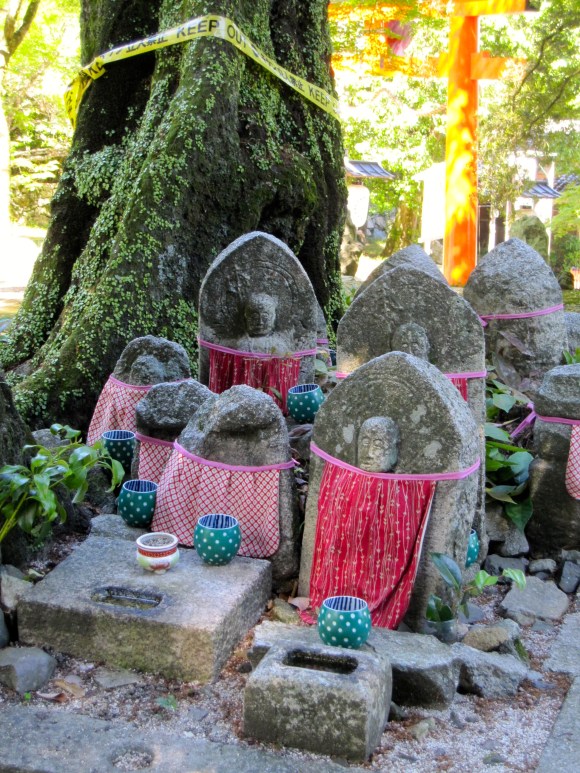
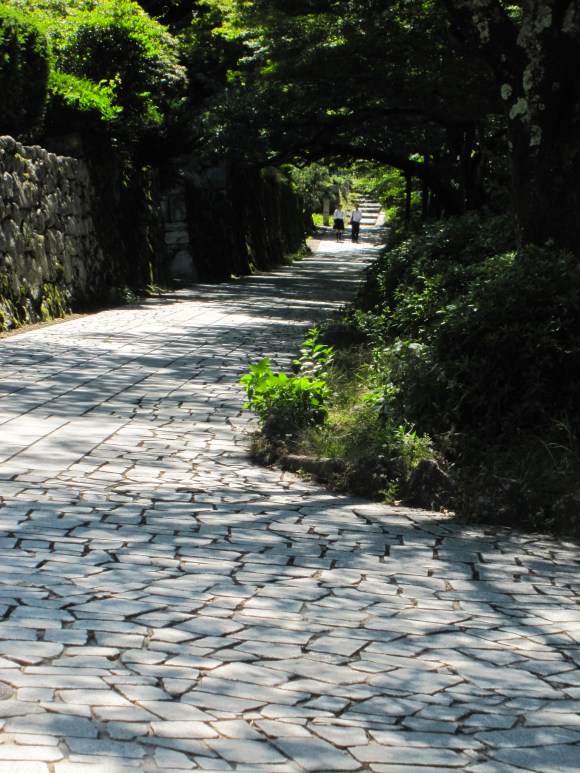
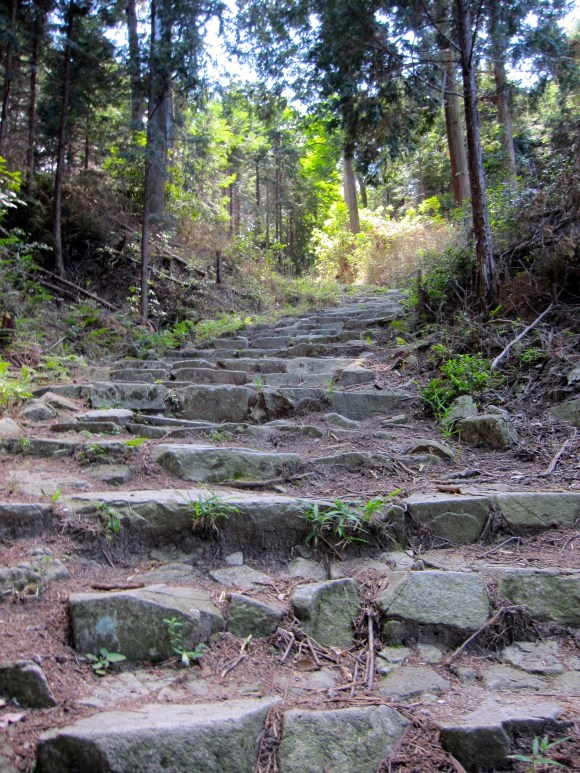
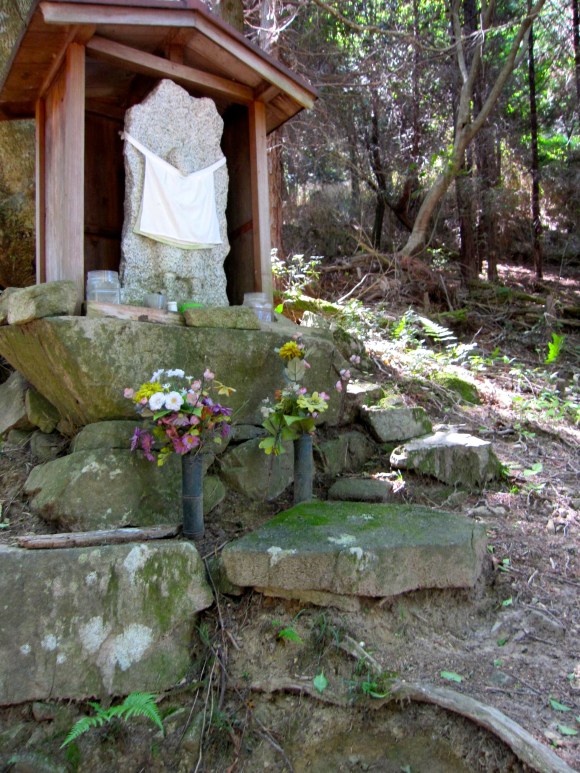
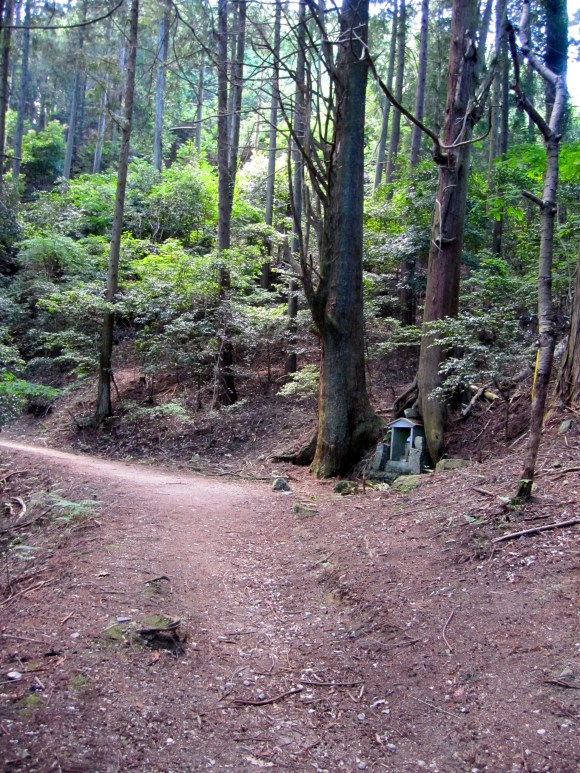
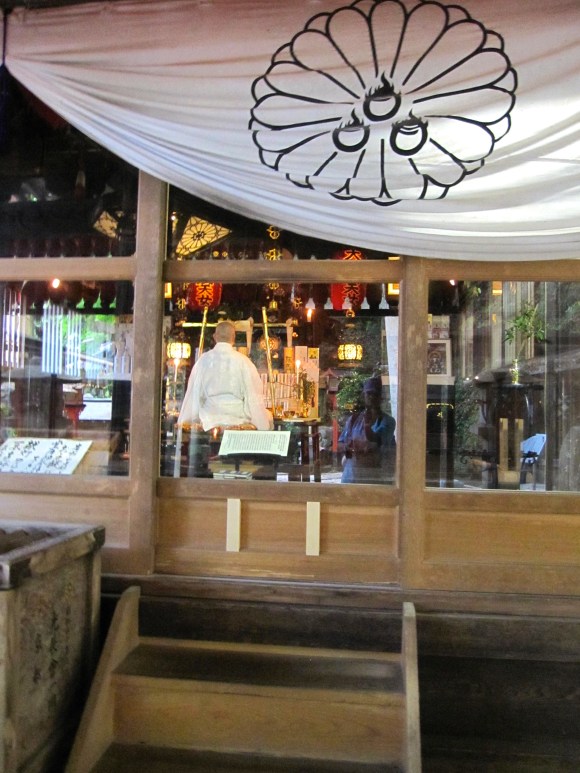
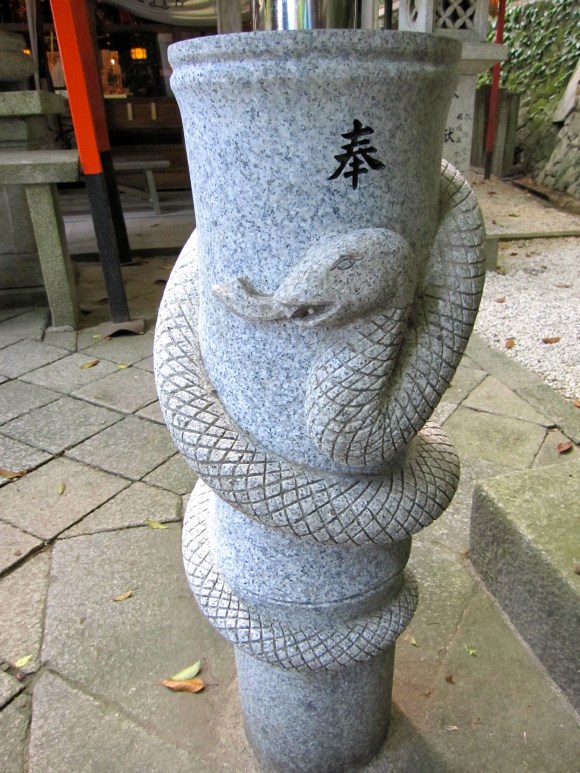
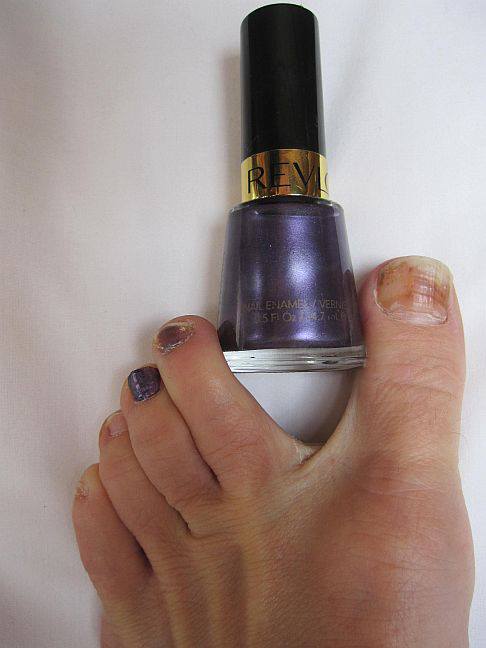
 The Marathon Monks of Mt. Hiei: Better than Olympic Athletes? 【Part I】
The Marathon Monks of Mt. Hiei: Better than Olympic Athletes? 【Part I】 Harajuku’s new permanent Tamagotchi shop is filled with cuteness and a surprising lack of poop
Harajuku’s new permanent Tamagotchi shop is filled with cuteness and a surprising lack of poop We revisited Sweets Paradise after a decade to see if Japan’s dessert buffet still delivers
We revisited Sweets Paradise after a decade to see if Japan’s dessert buffet still delivers McDonald’s Japan’s moon-viewing mochi pies are a little more westernized-tasting this year
McDonald’s Japan’s moon-viewing mochi pies are a little more westernized-tasting this year Japan’s new difficult-to-drink-from beer glass protects your liver, but it’s a brutal experience
Japan’s new difficult-to-drink-from beer glass protects your liver, but it’s a brutal experience We eat the best crayfish of our life at a Tokyo specialty restaurant【Taste test】
We eat the best crayfish of our life at a Tokyo specialty restaurant【Taste test】 Starbucks teams up with 166-year-old Kyoto doll maker for Year of the Horse decorations【Photos】
Starbucks teams up with 166-year-old Kyoto doll maker for Year of the Horse decorations【Photos】 You can now buy a Japanese train station clock in Japan
You can now buy a Japanese train station clock in Japan Harry Potter Cafe opening in Tokyo and the menu is nothing short of spellbinding【Photos】
Harry Potter Cafe opening in Tokyo and the menu is nothing short of spellbinding【Photos】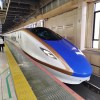 Is the new Shinkansen Train Desk ticket worth it?
Is the new Shinkansen Train Desk ticket worth it? We visited a “terrible” Japanese hot spring hotel near Narita Airport
We visited a “terrible” Japanese hot spring hotel near Narita Airport Starbucks Japan ready to get Year of the Horse started with adorable drinkware and plushies【Pics】
Starbucks Japan ready to get Year of the Horse started with adorable drinkware and plushies【Pics】 7-Eleven Japan’s ramen-cooking robot whipped us up a bowl of noodles【Taste test】
7-Eleven Japan’s ramen-cooking robot whipped us up a bowl of noodles【Taste test】 Cyberpunk anime meets traditional culture in Ghost in the Shell gold leaf Japanese changing screens
Cyberpunk anime meets traditional culture in Ghost in the Shell gold leaf Japanese changing screens 7 great places to see Mt. Fuji from without having to climb it
7 great places to see Mt. Fuji from without having to climb it Hello Kitty Choco Egg figures are an adorable trip through three periods of Japanese pop culture【Pics】
Hello Kitty Choco Egg figures are an adorable trip through three periods of Japanese pop culture【Pics】 Japan’s otoshidama tradition of giving kids money at New Year’s gets a social welfare upgrade
Japan’s otoshidama tradition of giving kids money at New Year’s gets a social welfare upgrade We found possibly the quietest Japanese-style hotel in Tokyo’s bustling Shinjuku district
We found possibly the quietest Japanese-style hotel in Tokyo’s bustling Shinjuku district Lacquerware supplier to emperor of Japan and Pokémon team up for new tableware
Lacquerware supplier to emperor of Japan and Pokémon team up for new tableware Sumo Sanrio! Hello Kitty and pals team up with Japan Sumo Association for new merch【Pics】
Sumo Sanrio! Hello Kitty and pals team up with Japan Sumo Association for new merch【Pics】 Can a dirty butthole make you filthy rich in Japan? We’re starting a New Year’s lottery experiment
Can a dirty butthole make you filthy rich in Japan? We’re starting a New Year’s lottery experiment 7-Eleven Japan starts new temporary luggage storage service in over 300 branches
7-Eleven Japan starts new temporary luggage storage service in over 300 branches Disillusionment at Tsukiji’s tourist-target prices led us to a great ramen restaurant in Tokyo
Disillusionment at Tsukiji’s tourist-target prices led us to a great ramen restaurant in Tokyo Tokyo considering law requiring more trash cans following litter increase in heavily touristed area
Tokyo considering law requiring more trash cans following litter increase in heavily touristed area Tokyo’s Tsukiji sushi neighborhood asks tour groups to stay away for the rest of the month
Tokyo’s Tsukiji sushi neighborhood asks tour groups to stay away for the rest of the month Nintendo’s Kirby now delivering orders at Kura Sushi restaurants, but not in Japan
Nintendo’s Kirby now delivering orders at Kura Sushi restaurants, but not in Japan Tokyo event lets you travel back in time, for free, to celebrate 100 years since Showa era start
Tokyo event lets you travel back in time, for free, to celebrate 100 years since Showa era start Sanrio theme park in Japan announces plans to expand into a Sanrio resort
Sanrio theme park in Japan announces plans to expand into a Sanrio resort Japan may add Japanese language proficiency, lifestyle classes to permanent foreign resident requirements
Japan may add Japanese language proficiency, lifestyle classes to permanent foreign resident requirements Survey asks foreign tourists what bothered them in Japan, more than half gave same answer
Survey asks foreign tourists what bothered them in Japan, more than half gave same answer Japan’s human washing machines will go on sale to general public, demos to be held in Tokyo
Japan’s human washing machines will go on sale to general public, demos to be held in Tokyo Japan’s deadliest food claims more victims, but why do people keep eating it for New Year’s?
Japan’s deadliest food claims more victims, but why do people keep eating it for New Year’s? We deeply regret going into this tunnel on our walk in the mountains of Japan
We deeply regret going into this tunnel on our walk in the mountains of Japan Studio Ghibli releases Kodama forest spirits from Princess Mononoke to light up your home
Studio Ghibli releases Kodama forest spirits from Princess Mononoke to light up your home Major Japanese hotel chain says reservations via overseas booking sites may not be valid
Major Japanese hotel chain says reservations via overseas booking sites may not be valid Put sesame oil in your coffee? Japanese maker says it’s the best way to start your day【Taste test】
Put sesame oil in your coffee? Japanese maker says it’s the best way to start your day【Taste test】 No more using real katana for tourism activities, Japan’s National Police Agency says
No more using real katana for tourism activities, Japan’s National Police Agency says Starbucks Japan reveals new sakura drinkware collection, inspired by evening cherry blossoms
Starbucks Japan reveals new sakura drinkware collection, inspired by evening cherry blossoms Updated cherry blossom forecast shows extra-long sakura season for Japan this year
Updated cherry blossom forecast shows extra-long sakura season for Japan this year
Leave a Reply